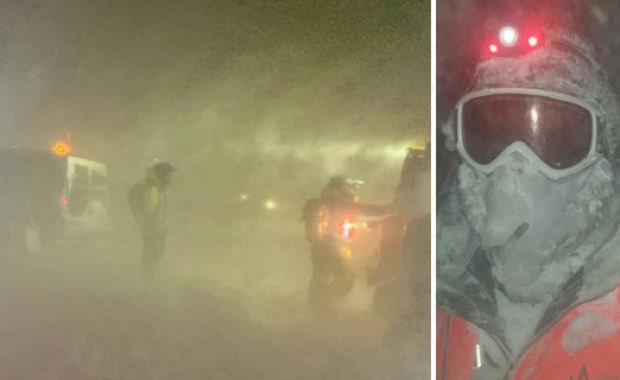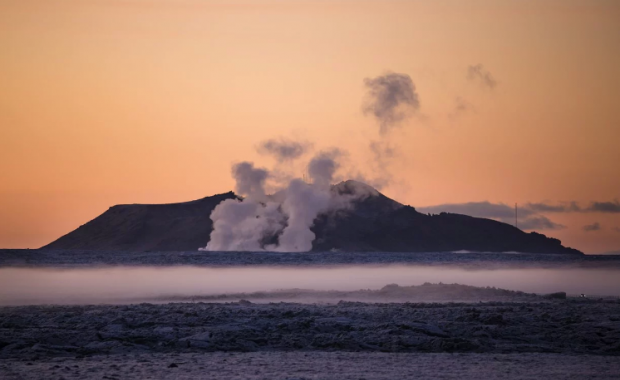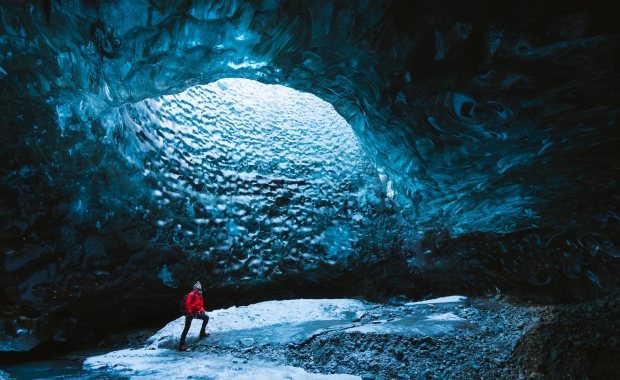Iceland has made headline news the last few weeks as a series of earthquakes and pending volcanic eruptions have kept the air travel industry on its toes. However, despite the significant media coverage seen all around the world, your typical Icelander’s day-to-day life has not changed at all. In fact, the volcano fails to be a noteworthy topic of conversation among most locals, as the eruption site is in the barren wasteland of Iceland’s Highlands, almost as far away from civilization as humanly possible.
So what’s all the fuss about? I think there are a couple reasons the “international audience” is still intrigued by this miniscule eruption. First, it is a “volcano.” Although volcanoes are a fairly common occurrence in Iceland, the powerful mystique of liquid hot-magma spewing from a mountain (or in Iceland’s case a glacier) is exotic and sexy news that intrigues the common man.
I put myself in this category, as the first week of “volcano watch 2014” got underway, I was following every update on my twitter feed, and I couldn’t get enough of the coverage. However, as the situation continued to drag out, I became numb to all the coverage largely due to the fact that I live in Reykjavik, and absolutely nothing about my life had changed. I have not felt any earthquakes and I have seen more news outlets than particles of volcanic ash.
The second reason the coverage is spreading like an international wildfire is because of the potential damage to the air travel industry. And this used to be a legitimate concern thanks to the headaches Eyjafjallajökull volcano caused in 2010, however, air travel protocol has been changed as a result of that disaster four years ago, and a similar volcano would not have anywhere near the same effect on the flight schedule in the current climate.
The eruption that occurred last night at Holuhraun lava field was underwhelming to say the least. Yet, the one key takeaway that could yield significant risk in the future from this whole ordeal is the magma dyke formed by Bárðarbunga to Askja in the Vatnajökull glacier. The underground fissure has now linked two of the largest volcanoes in Iceland together.
This is unsettling because the new geological linkage between the volcano systems within Europe’s largest glacier could produce a massive eruption that would have an effect on Icelanders. What is uncertain is when this will actually happen. It could be tomorrow, it could be in a hundred years. Therefore, the relatively mild eruption that occurred last night served minimal damage in the short term, but could forge a massive eruption sometime in the foreseeable future.
Iceland has made headline news the last few weeks as a series of earthquakes and pending volcanic eruptions have kept the air travel industry on its toes. However, despite the significant media coverage seen all around the world, your typical Icelander’s day-to-day life has not changed at all. In fact, the volcano fails to be a noteworthy topic of conversation among most locals, as the eruption site is in the barren wasteland of Iceland’s Highlands, almost as far away from civilization as humanly possible.
So what’s all the fuss about? I think there are a couple reasons the “international audience” is still intrigued by this miniscule eruption. First, it is a “volcano.” Although volcanoes are a fairly common occurrence in Iceland, the powerful mystique of liquid hot-magma spewing from a mountain (or in Iceland’s case a glacier) is exotic and sexy news that intrigues the common man.
I put myself in this category, as the first week of “volcano watch 2014” got underway, I was following every update on my twitter feed, and I couldn’t get enough of the coverage. However, as the situation continued to drag out, I became numb to all the coverage largely due to the fact that I live in Reykjavik, and absolutely nothing about my life had changed. I have not felt any earthquakes and I have seen more news outlets than particles of volcanic ash.
The second reason the coverage is spreading like an international wildfire is because of the potential damage to the air travel industry. And this used to be a legitimate concern thanks to the headaches Eyjafjallajökull volcano caused in 2010, however, air travel protocol has been changed as a result of that disaster four years ago, and a similar volcano would not have anywhere near the same effect on the flight schedule in the current climate.
The eruption that occurred last night at Holuhraun lava field was underwhelming to say the least. Yet, the one key takeaway that could yield significant risk in the future from this whole ordeal is the magma dyke formed by Bárðarbunga to Askja in the Vatnajökull glacier. The underground fissure has now linked two of the largest volcanoes in Iceland together.
This is unsettling because the new geological linkage between the volcano systems within Europe’s largest glacier could produce a massive eruption that would have an effect on Icelanders. What is uncertain is when this will actually happen. It could be tomorrow, it could be in a hundred years. Therefore, the relatively mild eruption that occurred last night served minimal damage in the short term, but could forge a massive eruption sometime in the foreseeable future.






